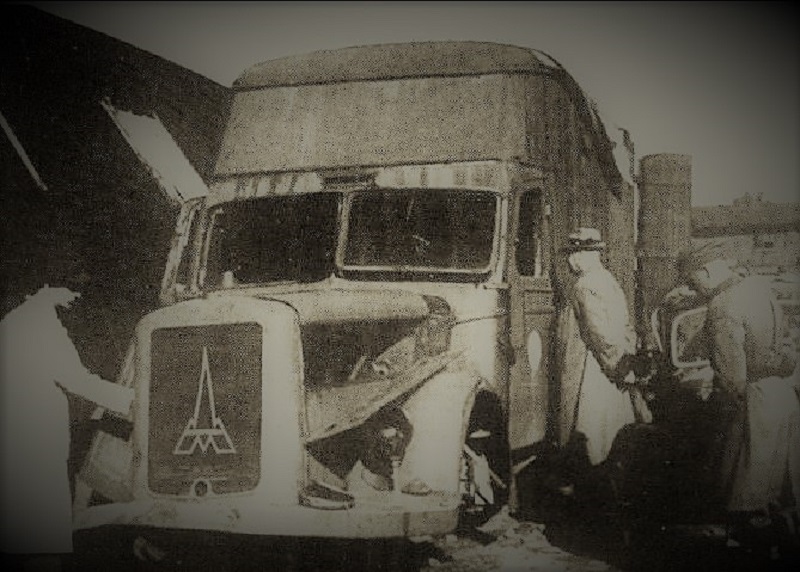
There are some in Germany and other countries—who portray all of those involved in the 20 July plot as heroes. I believe this is a misinterpretation. Firstly, they are not heroes because they did not succeed, and secondly, there were quite a few of them who had no issues with the Nazi policies but had more of an issue with Adolf Hitler.
Arthur Nebe was one of the plotters. He was to lead a team of 12 policemen to kill Himmler, but the signal to act never reached him. After the failed assassination attempt, Nebe fled and went into hiding.
Before this part of the plot, Nebe rose through the ranks of the Prussian police force to become head of Nazi Germany’s Criminal Police (Kriminalpolizei; Kripo) in 1936, which was amalgamated into the Reich Security Main Office (RSHA) in 1939.
In an August 1939 speech, he defined crime as “a recurring disease on the body of the people.” This disease was supposedly passed hereditarily from criminals and “a-social individuals” to their children. In the Nazi state, a-socials were people who behaved in a way considered outside of social norms. The category included people identified as vagabonds, beggars, prostitutes, pimps, and alcoholics; the arbeitsscheu (work-shy); and the homeless. This category also included Roma. The Nazi regime viewed Roma as behaviorally abnormal and racially inferior. Defining crime as a disease connected to certain groups radicalized Kripo’s practice.
Kripo officials from the KTI developed early techniques to gas people en masse. In October 1939, Nebe instructed the KTI to experiment with methods of killing people with mental and physical disabilities. This effort was conducted in cooperation with the Euthanasia Program. A KTI chemical engineer/toxicology expert, Albert Widmann, tested possible killing methods. He ultimately suggested carbon monoxide gas. In the fall of 1941, Widmann helped create gas vans. The vans used carbon monoxide gas generated from exhaust fumes.

Planners of Operation Reinhard killing centres adopted this development. At Belzec, Sobibor, and Treblinka, large motor engines were used to generate carbon monoxide gas for the gas chambers.
In 1941, during Operation Barbarossa, Nebe volunteered to serve as the commanding officer of Einsatzgruppe B, one of the four mobile death squads of the SS. During Nebe’s tenure, this deadly unit was responsible for the mass murders of 45,000 people in the areas around Bialystok, Minsk, and Mogilev. Many of these victims were Jews. Nebe was not forced to take control of this unit—he volunteered.
In July 1941, Arthur Nebe reported that a “solution to the Jewish problem” was “impractical” in his region of operation due to “the overwhelming number of the Jews”, as in there were too many Jews to be killed by too few men. By August 1941, Nebe came to realize that Einsatzgruppe’s resources were insufficient to meet the expanded mandate of the killing operations due to the inclusion of Jewish women and children since that month. This means to some: a person with a conscience, but the only reason he said these things was—not because he didn’t want to kill more Jews but because—he believed he didn’t have enough men to do the job. Just let that train of thought sink in for a minute.

In late 1941, Nebe was posted back to Berlin and resumed his career with the RSHA. Nebe commanded the Kripo until he was denounced and executed after the failed attempt to kill Adolf Hitler in July 1944.
Nebe was arrested in January 1945 after a former mistress betrayed him. He was sentenced to death by the People’s Court on 2 March and, according to official records, was executed in Berlin at Plötzensee Prison on 21 March 1945 by being hanged with piano wire from a meat hook, by Hitler’s order that the bomb plotters were to be “hanged like cattle.”
Sources
https://encyclopedia.ushmm.org/content/en/article/the-july-20-1944-plot-to-assassinate-adolf-hitler
https://encyclopedia.ushmm.org/content/en/article/the-nazi-kripo-criminal-police-1
You must be logged in to post a comment.